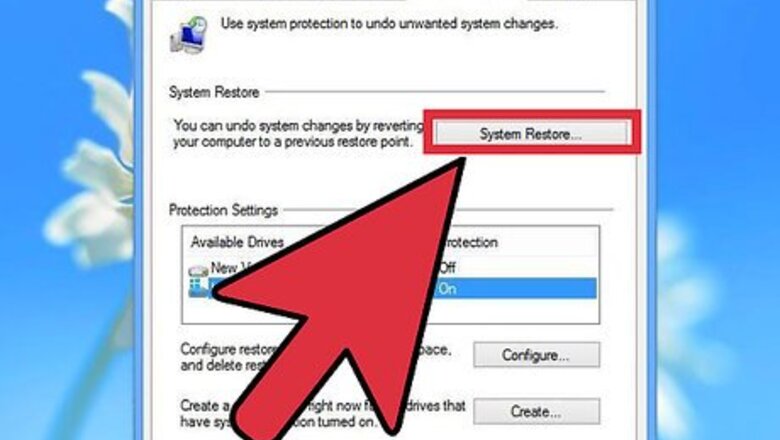
views
Performing a System Restore
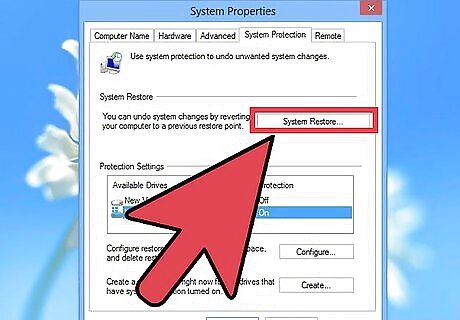
Understand what the System Restore function does. This process will roll your system settings, programs, and drivers back to a previous date. It will allow you to try to restore your system to a time when it was working properly. The System Restore will not affect any of your data or documents, but it will remove programs that were installed between now and the restore point you choose. This is the first recommended step in fixing your computer, as you don't have to worry about backing up your data.
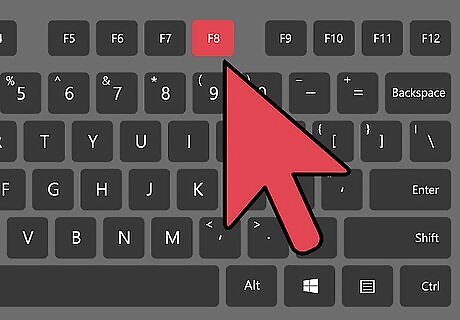
Reboot your laptop and hold the .F8 key. Make sure to start holding it as soon as the computer restarts. This will load the "Advanced Boot Options" menu.
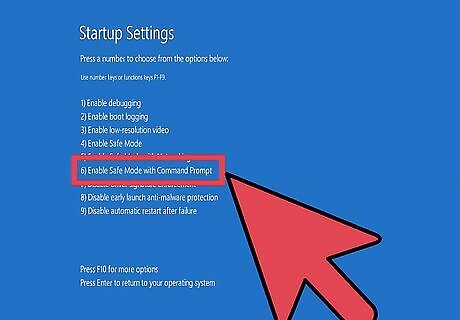
Select "Safe Mode with Command Prompt" from the list of options. Some files will load and after a moment you will be taken to the command prompt.

Open the System Restore utility. The command is a little different if you are using Windows XP. Windows 7, 8, and Vista - Type rstui.exe and press Enter. Windows XP - Type %systemroot%\system32\restore\rstrui.exe and press Enter.

Select your restore point. A list of available restore points will be displayed along with the time and date as well as a brief summary of why the point was created. Try to select a restore point from before your computer started having problems. Click Next > after selecting the restore point. You can see the points that Windows feels aren't as relevant by checking "Store more restore points".

Wait for the restore process to finish and your computer to reboot. The restore process may take several minutes to complete. You will receive a message when Windows starts informing you that your system was successfully restored. Remember that any programs you installed between now and the restore point you selected will need to be reinstalled. Be careful, as one of those programs may have been what was causing the problem!
Troubleshooting
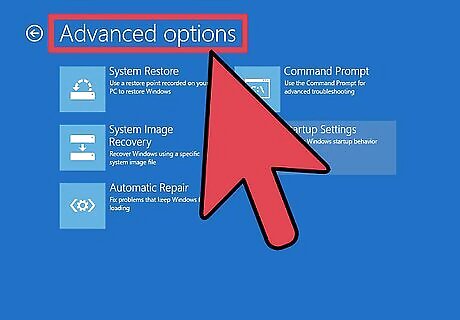
I can't get into the "Advanced Boot Options" menu. This is typically the case if you're using a Windows 8 computer, as it often boots too fast for you to access the menu. Open the Charms bar in Windows by swiping it from the right side of the screen or moving your mouse to the lower-right corner of the screen. Click the Settings option and click or tap on "Power". Hold Shift and select "Restart". Your computer will reboot into the Advanced Boot menu.
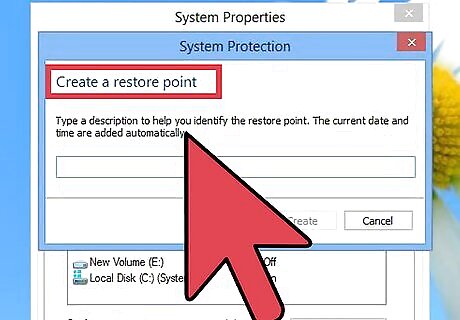
I don't have a restore point that fixes the problem. If you don't have a restore far enough back, or none of the restore points fix the problems you're having, you'll likely need to complete reset the laptop back to factory settings. See the next section for instructions.
Factory-Resetting the Laptop

Backup your data if possible. Performing a factory reset on your Gateway will erase all of the data on the hard drive, so backup your data if you have important files you need to save. Click here for some tips on backing up your data. If you can't boot into Windows, you can use a Linux Live CD to gain access to your files and copy them to an external drive. Click here for instructions on creating a Live CD, and click here for instructions on using it.
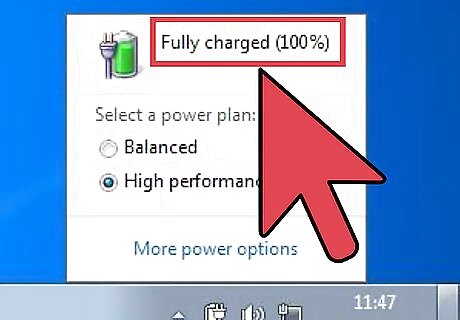
Plug your laptop into an outlet. The factory reset process may take a while, and losing power in the middle can cause serious problems. Make sure it's plugged in before continuing.
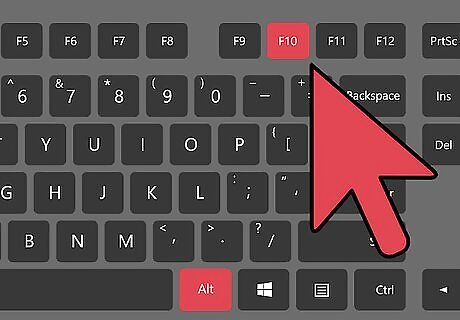
Reboot your computer and press .Alt + F10 as soon as the Gateway or Acer logo appears. You may need to press the keys a couple times in order for them to register. This will load the Recovery Manager. If prompted by the Windows Boot menu, press Enter.
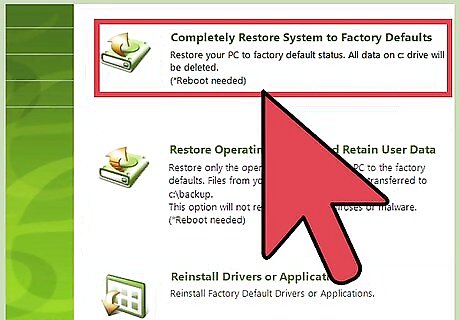
Select "Restore Operating System to Factory Defaults". You will be asked several times to confirm that you want to proceed. Starting the restore will erase all of the data on the disk and then reinstall Windows and the programs that came with your laptop. The restore process can take up to an hour to complete. There's an option to keep user data and restore the computer, but this is not recommended on the chance that some of that data is what's causing the computer to not work properly.
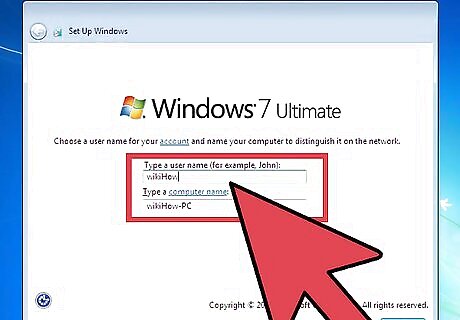
Create your account and start using your computer. Once the restore process is complete, the laptop will act as if it has been turned on for the first time after you purchased it. You will be prompted to create a Windows account and configure your personal settings.
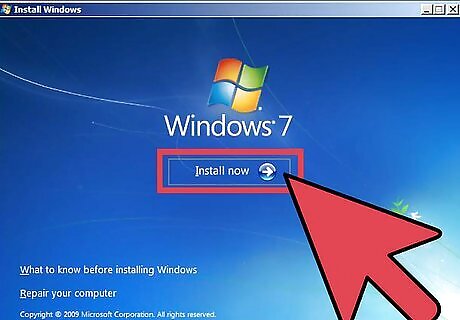
I can't access the Recovery Manager. If you've previously formatted the hard drive, or have installed a new hard drive, you won't have the recovery partition anymore. You'll need to use a recovery disc, or a Windows installation disc in order to wipe the computer and reinstall Windows. See the next section for instructions on using one of these discs.
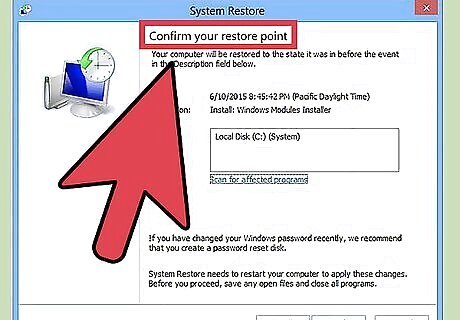
Restoring the computer doesn't fix the problem. If you've completely wiped the laptop and reinstalled Windows using the factory reset process and the problem still isn't gone, the cause is likely a hardware component. Installing a new hard drive or installing new RAM are both fairly straightforward processes, and may be able to fix your problem. You may need to contact Gateway for factory service if these don't help.
Using a Recovery or Installation Disc

Locate your recovery disc if possible. Laptops often require a variety of specific drivers, and using the recovery disc is the easiest way to make sure that these get reinstalled when you reset your laptop. If you can't use the Recovery Manager because the recovery partition is gone, try to use the recovery disc. You can order new recovery discs from Gateway.
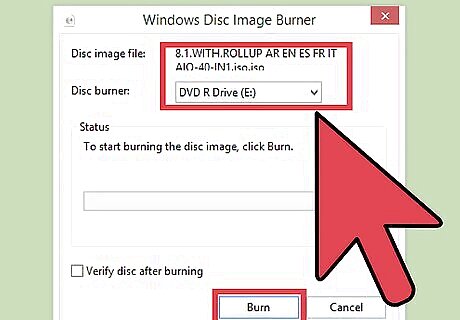
Find or create a Windows installation disc if you can't get a recovery disc. If you don't have a recovery disc for your laptop, you can use a Windows installation disc to wipe and restore your laptop. You will need a disc for the same version of Windows that's currently installed. If you're using Windows 7 and have a valid product key, you can create a disc here. You will need a blank DVD or USB drive with at least 4 GB free. If you're using Windows 8 and have a valid product key, you can create a disc here. You will need a blank DVD or USB drive with at least 4 GB free.
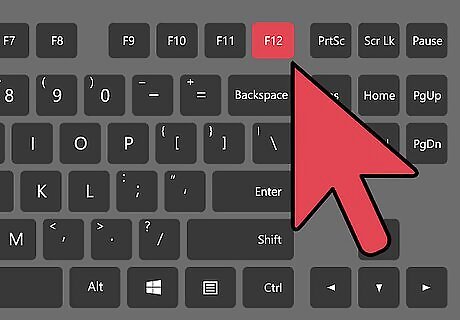
Reboot your computer and repeatedly press F12. For Gateways, this is will open the Boot Menu. Repeatedly press this key as soon as the Gateway or Acer logo.
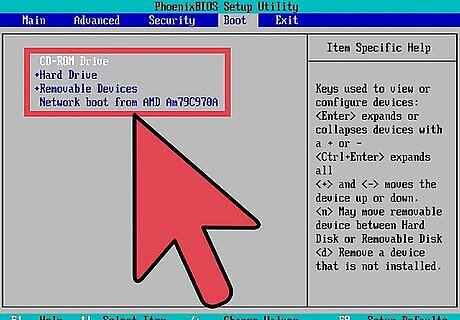
Change the boot order. In order to use a recovery disc or install Windows from the disc, you'll need to set your computer to boot from the disc drive before the hard drive. The Boot Menu will allow you to change the boot order. If you created an installation USB drive, select your USB drive as the first boot device.

Save your settings and reboot. Make sure that the Windows installation disc or USB drive is inserted.

Press a key when prompted. This will start either the Recovery Manager if you are using a recovery disc, or it will start the Windows setup process if you are using a Windows installation disc. If you are using the Recovery Manager, refer to the previous section for instructions on restoring your laptop. If you are using a Windows setup disc, read on.
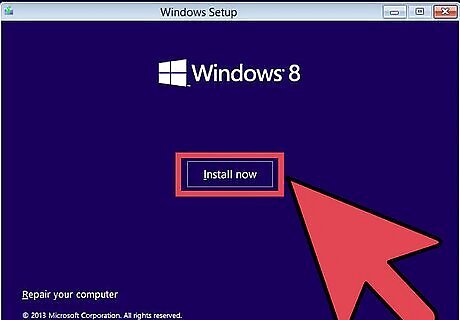
Set your language preferences and choose to "Install Windows" or "Install now". The installation process will erase all of the data on the hard drive and start from scratch.

Select "Custom (advanced)" installation if prompted. This will allow you to ensure that everything has been deleted.
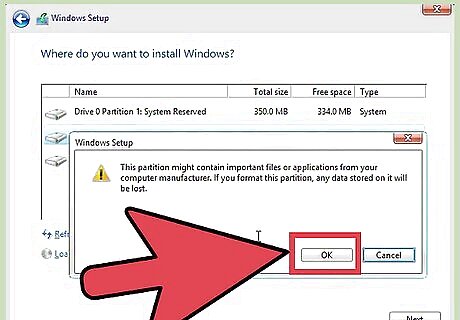
Delete any partitions. When asked to choose where you want to install Windows, you will be shown all of the partitions on your hard drive. Select each partition and click "Delete". This will delete all of the data on the partition.
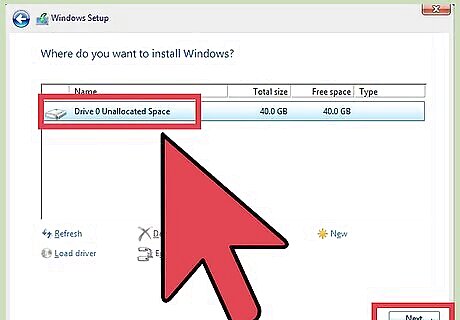
Select the single remaining partition as the destination for the installation. The installer will automatically format it to the correct file system and begin installing the Windows files.
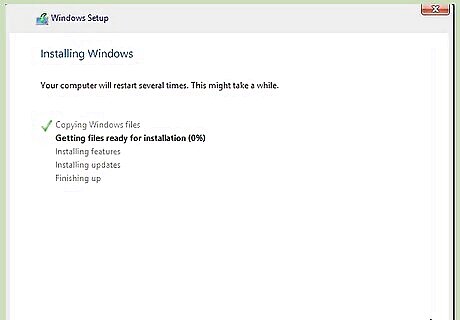
Wait for the installation to complete. The Windows installation process usually takes around a half hour to complete. You can monitor the progress on the screen.

Finish the installation and enter your product key. After installation is complete, you will be prompted to enter your Windows product key. The product key is 25 characters, and can usually be found on a sticker attached to the bottom of your laptop, or in your computer's documentation. You can contact Gateway if you can't find your product key.
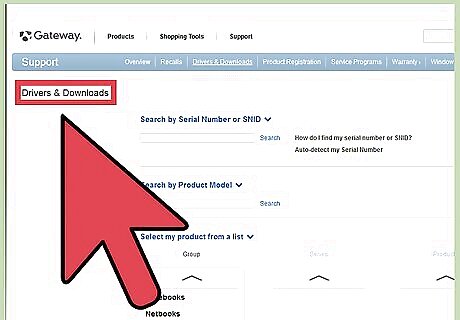
Download the necessary drivers for your laptop. Laptops have lots of specialized hardware, and as such require some special drivers to get the most out of everything. Visit support.gateway.com and select the "Driver downloads" section. Enter in your laptop's information and download all of the recommended drivers and software.
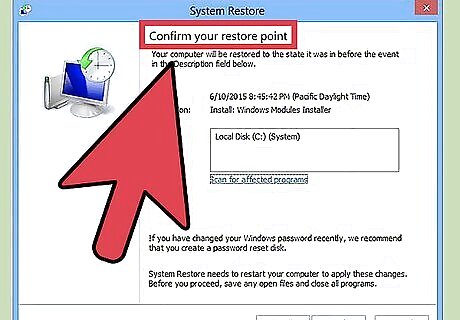
Restoring the computer doesn't fix the problem. If you've completely wiped the laptop and reinstalled Windows using the factory reset process and the problem still isn't gone, the cause is likely a hardware component. Installing a new hard drive or installing new RAM are both fairly straightforward processes, and may be able to fix your problem. You may need to contact Gateway for factory service if these don't help.




















Comments
0 comment